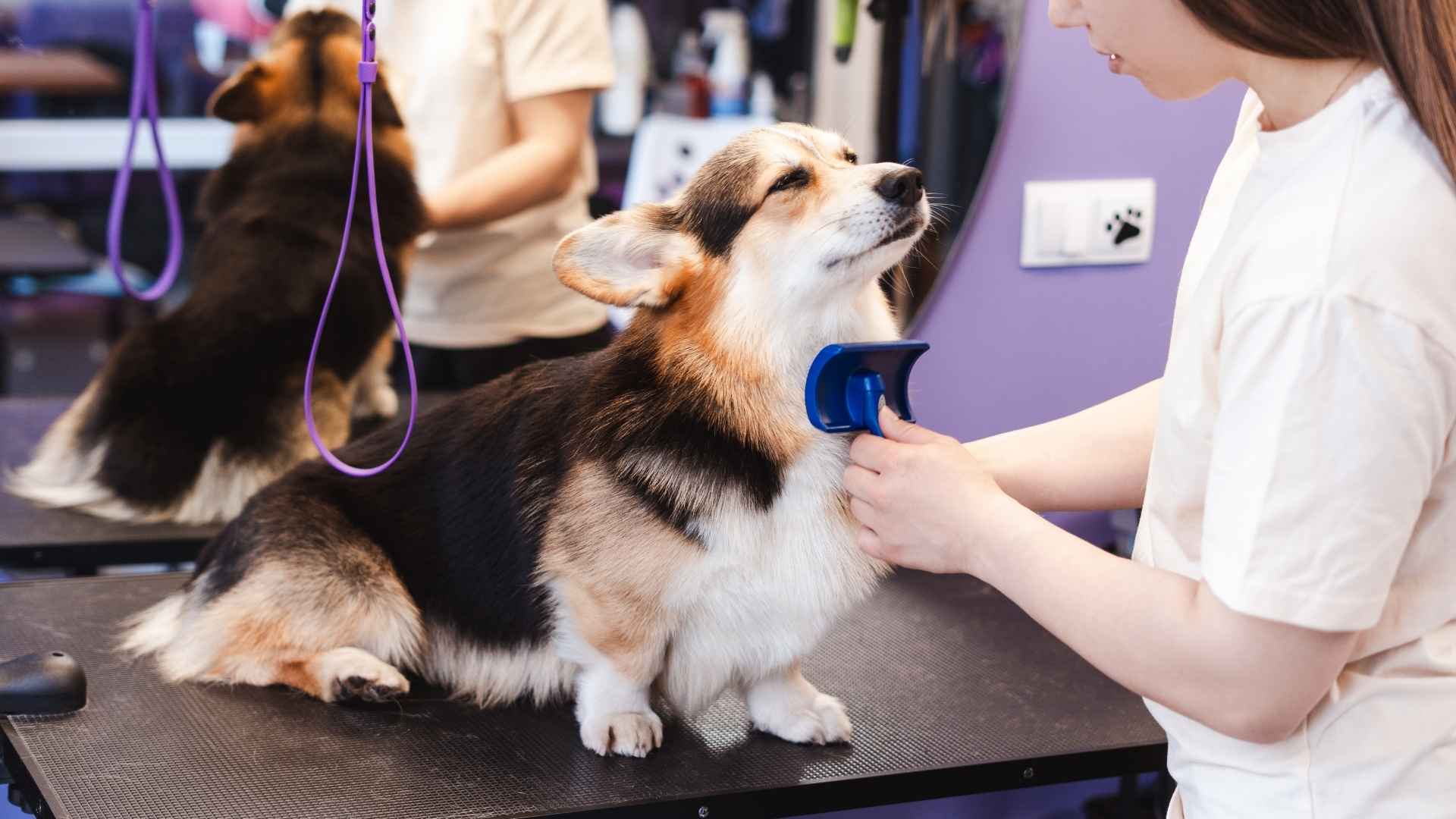Dog hair is on the couch, clothes, and even in the air—some breeds seem to shed endlessly. A dog’s presence is rewarding for an animal lover, but dealing with a dog’s coat can be overwhelming. You’re not alone if you’ve ever wondered why your vacuum is always full. Dog breeds that shed heavily can turn daily cleaning into a challenge, but knowing what to expect makes all the difference.
Excessive shedding can be frustrating for allergy sufferers or those who prefer a spotless home. No matter how often you sweep, fur keeps appearing. Some breeds have thick double coats designed for protection, but this also means year-round dog fur loss. Managing it requires the right tools, routine, and patience.
Before choosing a breed, understanding their shedding habits is crucial. Some dogs require more upkeep than others, and skipping proper care leads to fur-covered chaos. Let’s explore which breeds shed the most and how to manage their grooming needs.
Did you know?
The average dog sheds about 30,000 to 40,000 hairs per day. High-shedding breeds lose even more, making regular brushing a necessity rather than a choice!
Constant Shedding Dog Breeds
1. German Shepherd
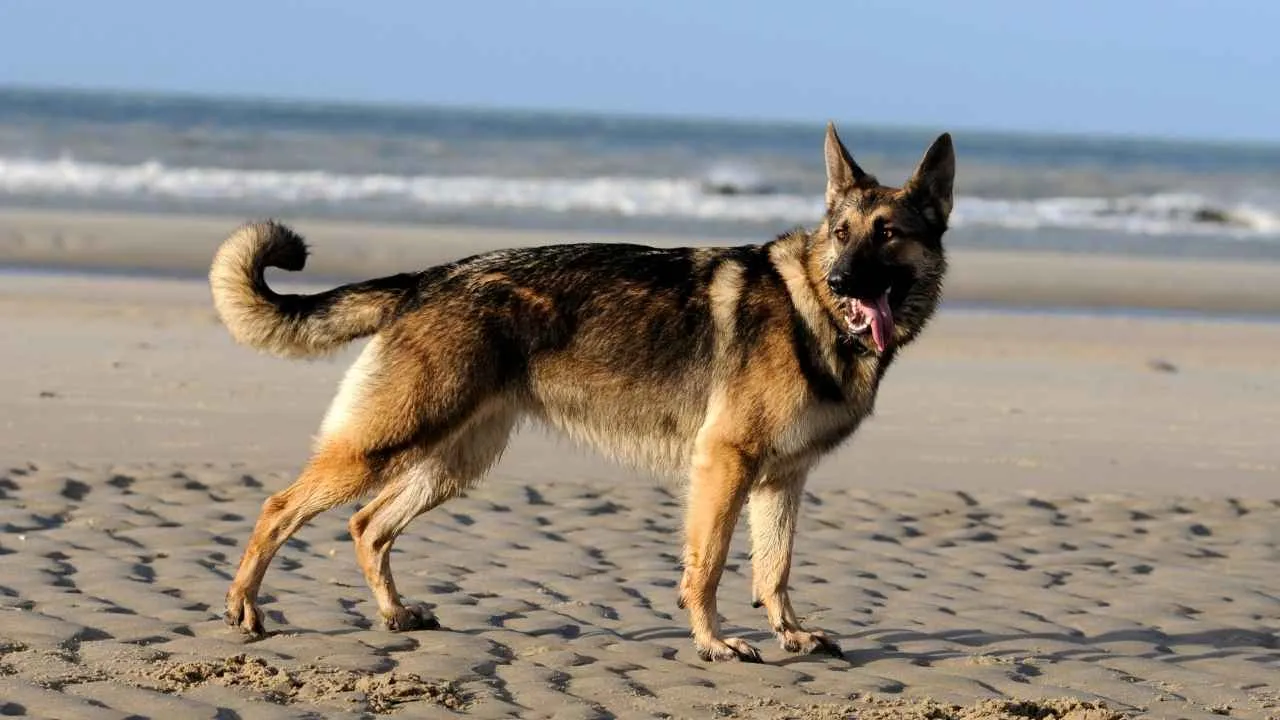
According to the AKC, German Shepherds are known for their thick double coats, which shed consistently throughout the year. This breed experiences even heavier shedding during seasonal coat changes. Their fur requires frequent grooming to manage the loose hair that accumulates everywhere.
In addition to their shedding, German Shepherds are highly intelligent and versatile. They excel in police work, search-and-rescue missions, and obedience training. Their loyalty and protective instincts make them a preferred breed for various roles requiring alertness and discipline.
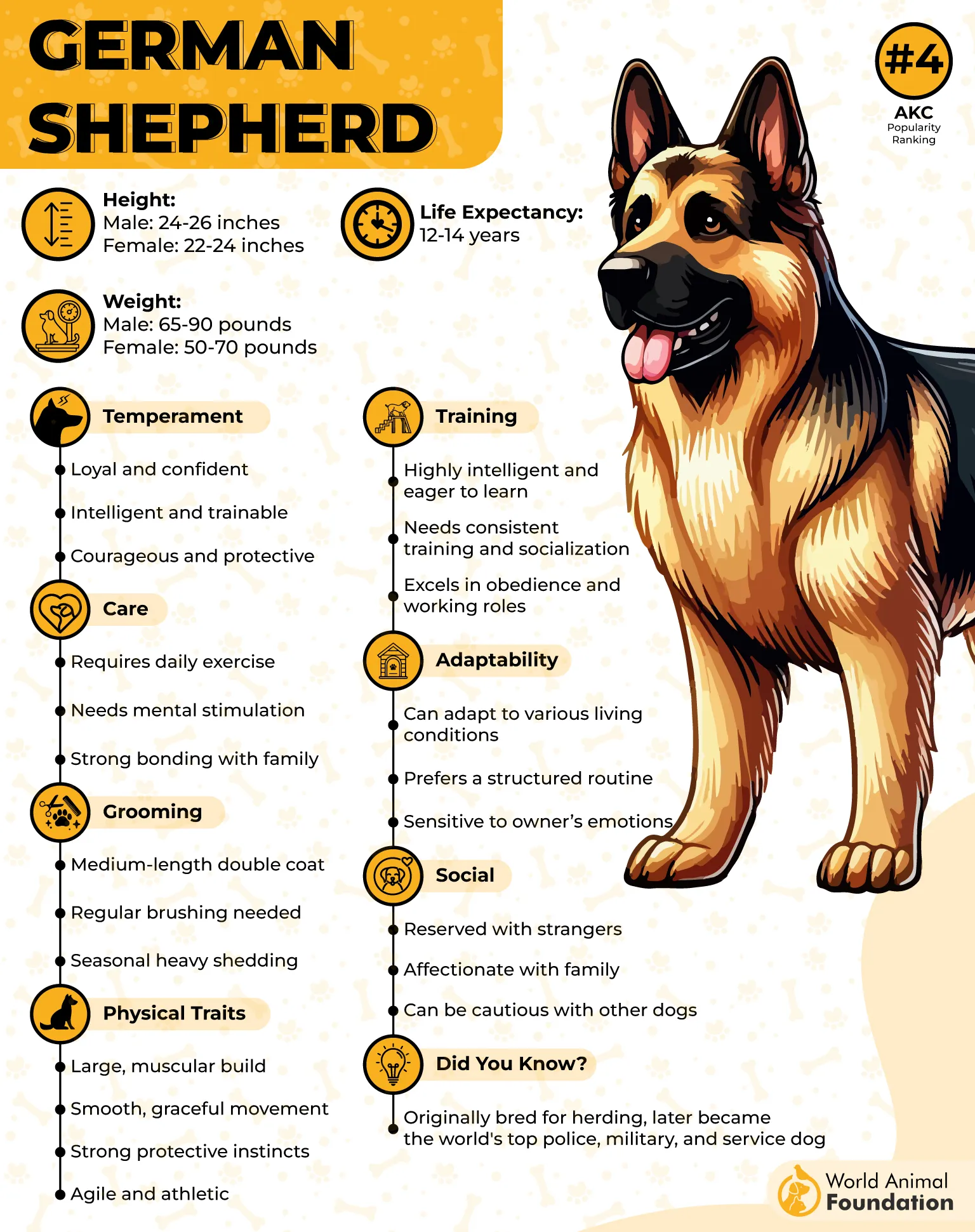
These dogs possess a strong work ethic, requiring regular exercise to stay healthy and mentally stimulated. A lack of activity can lead to behavioral issues. Their energy levels demand engaging tasks, whether it’s agility training, scent work, or structured outdoor activities.
Due to their shedding, German Shepherds need a high-quality diet rich in omega-3 and omega-6 fatty acids. These nutrients support skin health and reduce excessive fur loss. Proper hydration and regular grooming also help maintain their coat’s texture and shine.
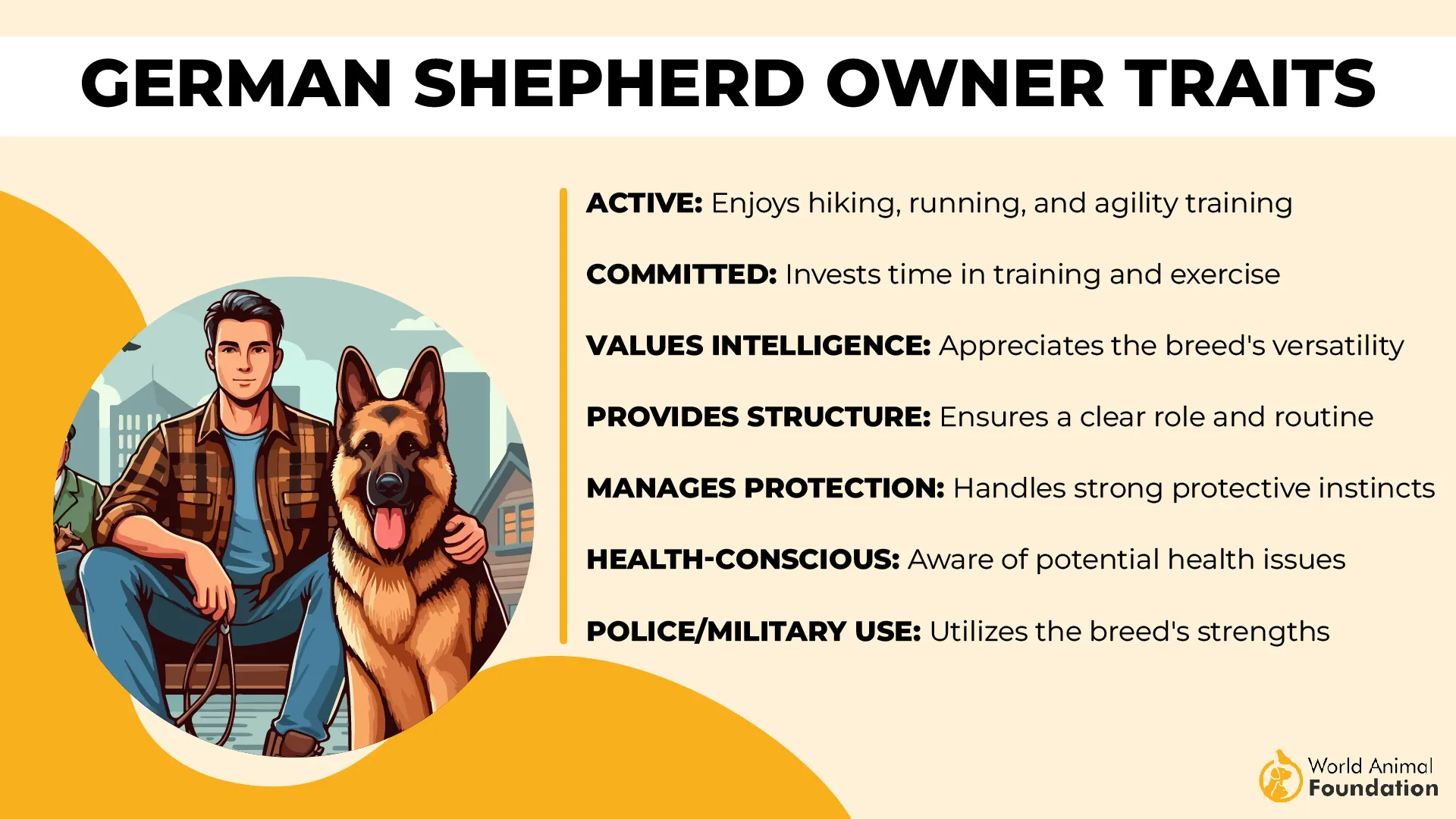
Regular brushing is essential for controlling shedding. A de-shedding tool removes loose undercoat fur, while occasional baths prevent excessive dander buildup. Keeping a vacuum handy is a necessity for owners dealing with their constant shedding.
Fun Fact
German Shepherds have a unique “blowing coat” phase, where they shed their undercoat in large clumps during seasonal transitions. This can make it look like their fur is coming out in handfuls overnight.
2. Alaskan Malamute
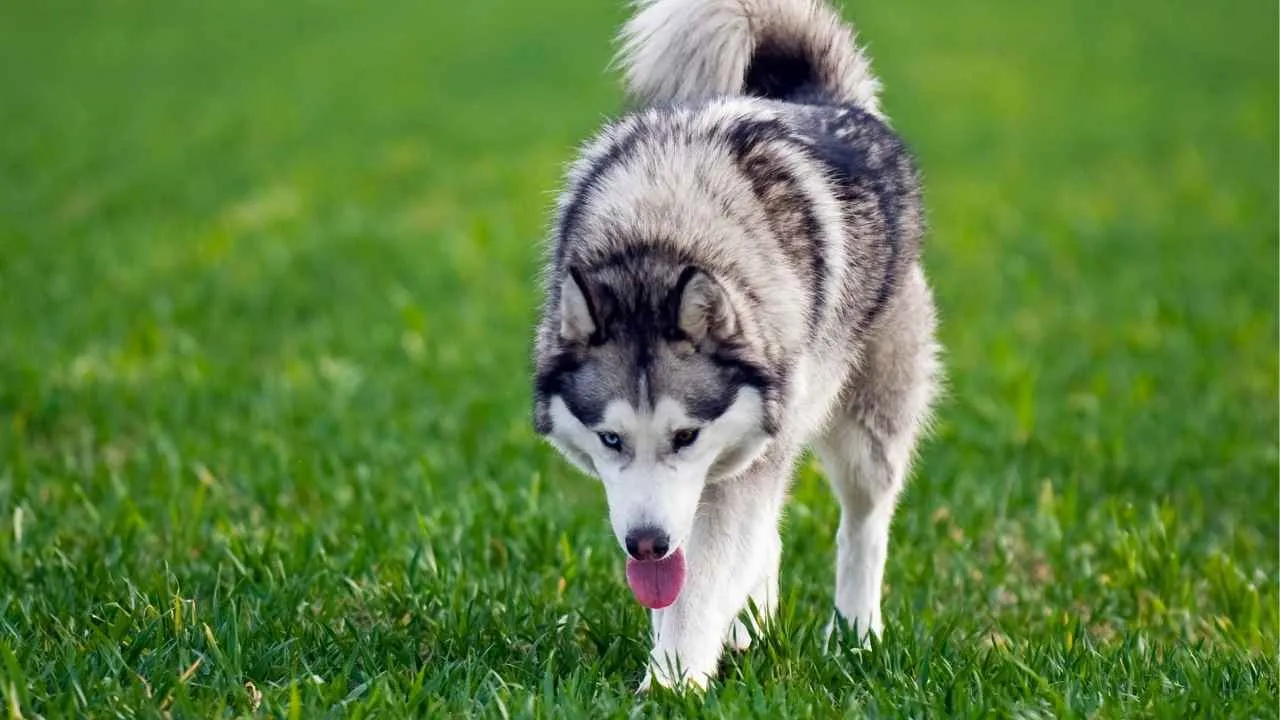
Alaskan Malamutes are heavy shedders, with thick double coats designed to withstand harsh Arctic climates. Their fur naturally insulates them against extreme cold, but in warmer environments, they shed excessively to regulate body temperature, leaving fur everywhere.
This breed was originally bred for pulling heavy sleds across icy terrains. Their strength, endurance, and resilience make them well-suited for demanding tasks. Malamutes thrive in structured environments where they have a purpose and plenty of physical activity.

Their independent nature means training requires patience and consistency. Malamutes respond best to firm guidance and positive reinforcement. Their strong-willed personality can make them challenging to handle without proper training, especially for first-time dog owners.
Malamutes have a thick, water-resistant coat that requires frequent brushing. Regular grooming prevents matting and helps control shedding. During seasonal coat changes, daily brushing is necessary to keep fur from overwhelming the household.

These dogs are known for their expressive, wolf-like features. Their powerful build, plume-like tails, and distinct facial markings give them a striking appearance. Despite their large size, they carry themselves with grace and confidence.
Fun Fact
Alaskan Malamutes have been used in polar expeditions, including those to Antarctica, due to their incredible strength and ability to withstand freezing temperatures while pulling heavy loads over long distances.
3. American Eskimo Dog
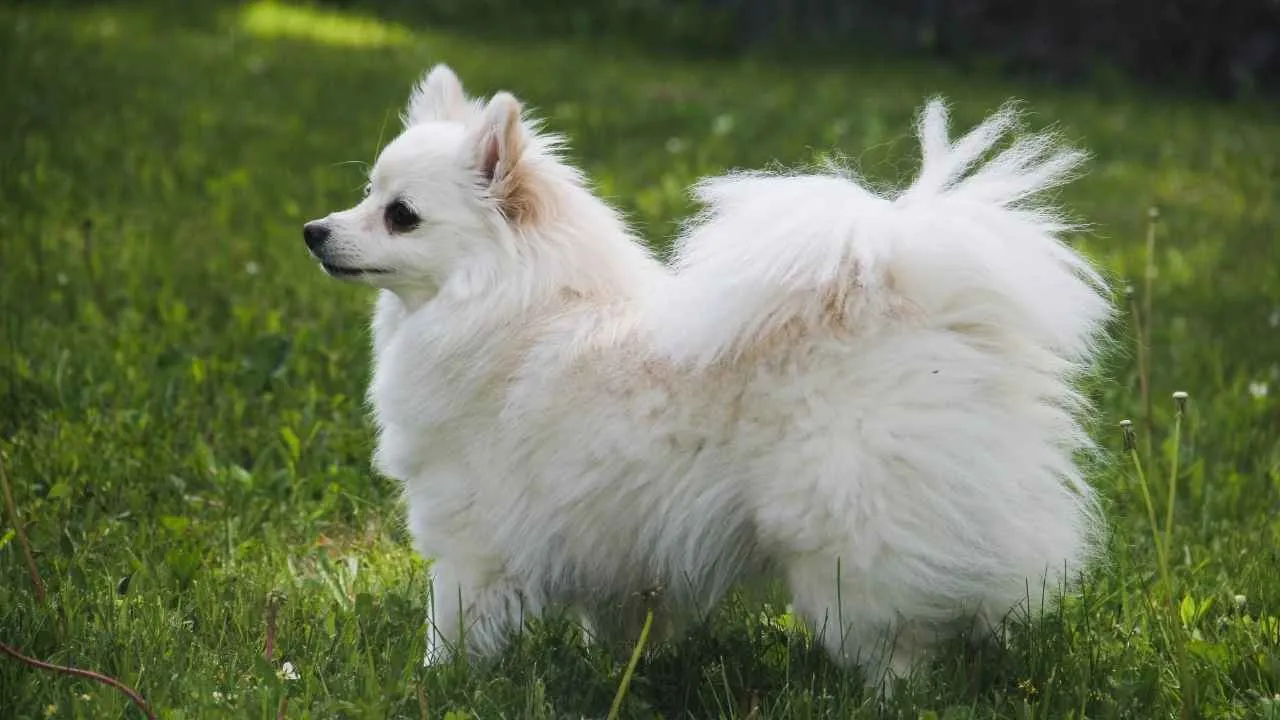
The American Eskimo Dog boasts a stunning, fluffy white coat that sheds constantly. Their thick, double-layered fur provides excellent insulation, but it also results in a significant amount of loose hair that needs consistent management to prevent excessive buildup.
This breed is highly energetic and thrives on interactive play and exercise. American Eskimos excel in agility courses, tricks, and obedience training. Their intelligence makes them quick learners, and they enjoy engaging in activities that challenge their mental sharpness.
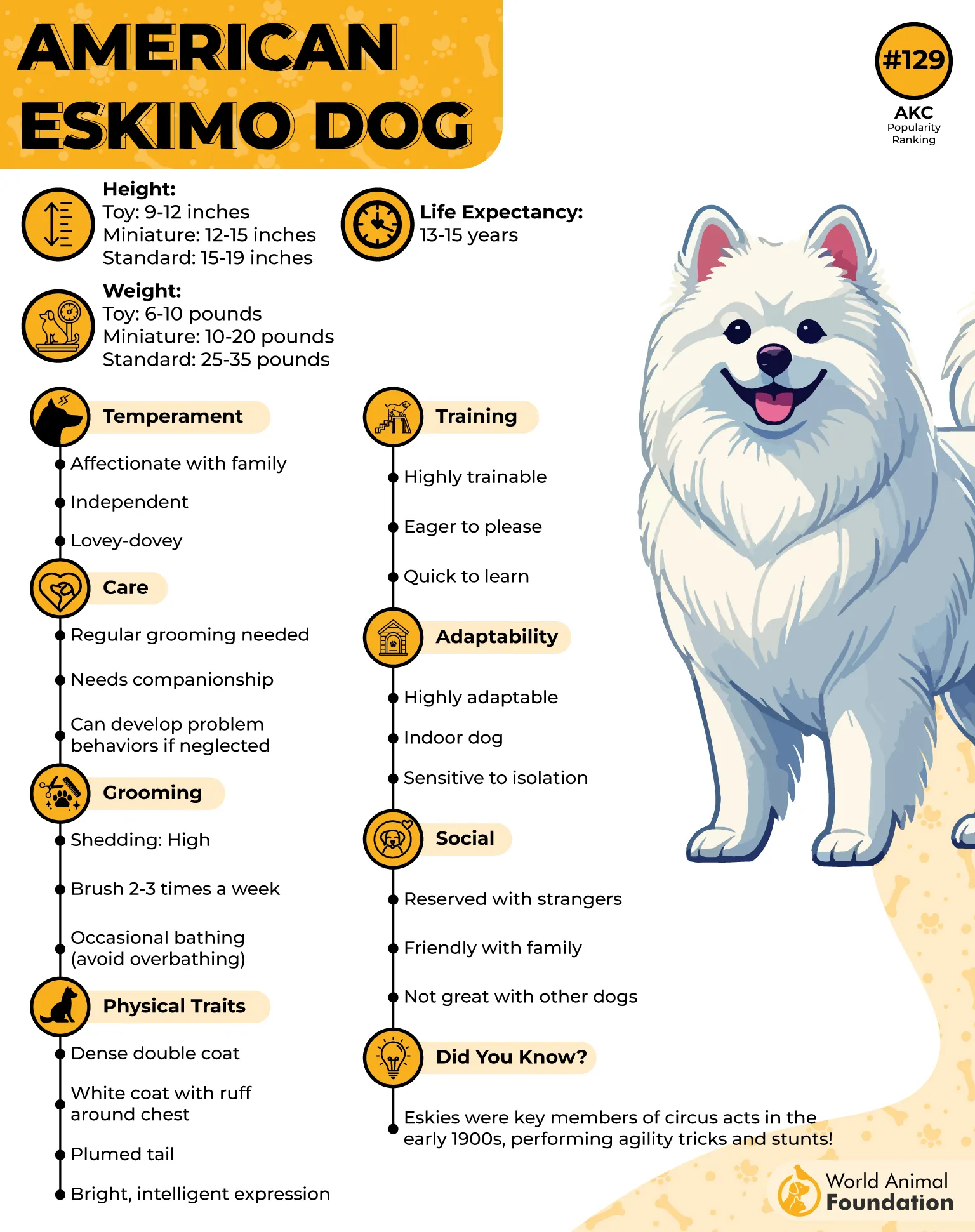
As per PetMD, despite their shedding, American Eskimos maintain a clean appearance due to their self-grooming habits. However, they still require routine brushing to remove loose fur. A pin brush and undercoat rake help keep their coat in top condition and prevent matting.
These dogs have a strong social nature and enjoy being part of household routines. They form close bonds with their families and often exhibit a lively and alert demeanor. Their affectionate yet confident personality makes them a standout breed in many households.
Their luxurious fur may look high-maintenance, but shedding can be managed effectively with a proper grooming schedule and a balanced diet. Ensuring they receive proper nutrition and hydration also contributes to a healthier, shinier coat.
Fun Fact
The American Eskimo Dog was a famous circus performer in the early 1900s, dazzling audiences with impressive tricks and agility. Their quick learning ability and striking appearance made them a crowd favorite.
4. Akita
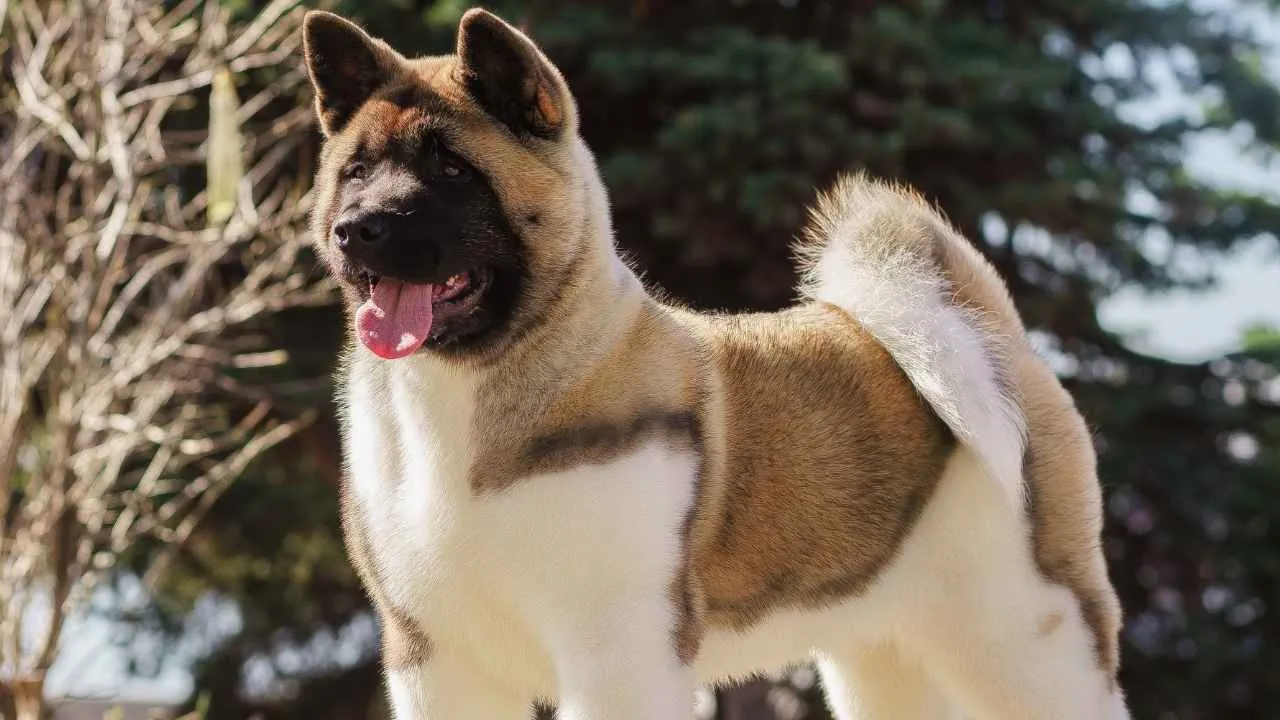
The Akita’s thick double coat is a shedding powerhouse. Twice a year, it experiences a dramatic blowout phase, releasing fur in large amounts. Even outside of these seasons, loose hairs are a constant, requiring frequent brushing to manage the inevitable shedding.
Known for their strong-willed personality, Akitas require consistent training from an early age. They respond best to firm leadership and clear rules. Independent thinkers, they excel with structured routines that challenge their intelligence. Early socialization helps ensure a well-mannered adult.
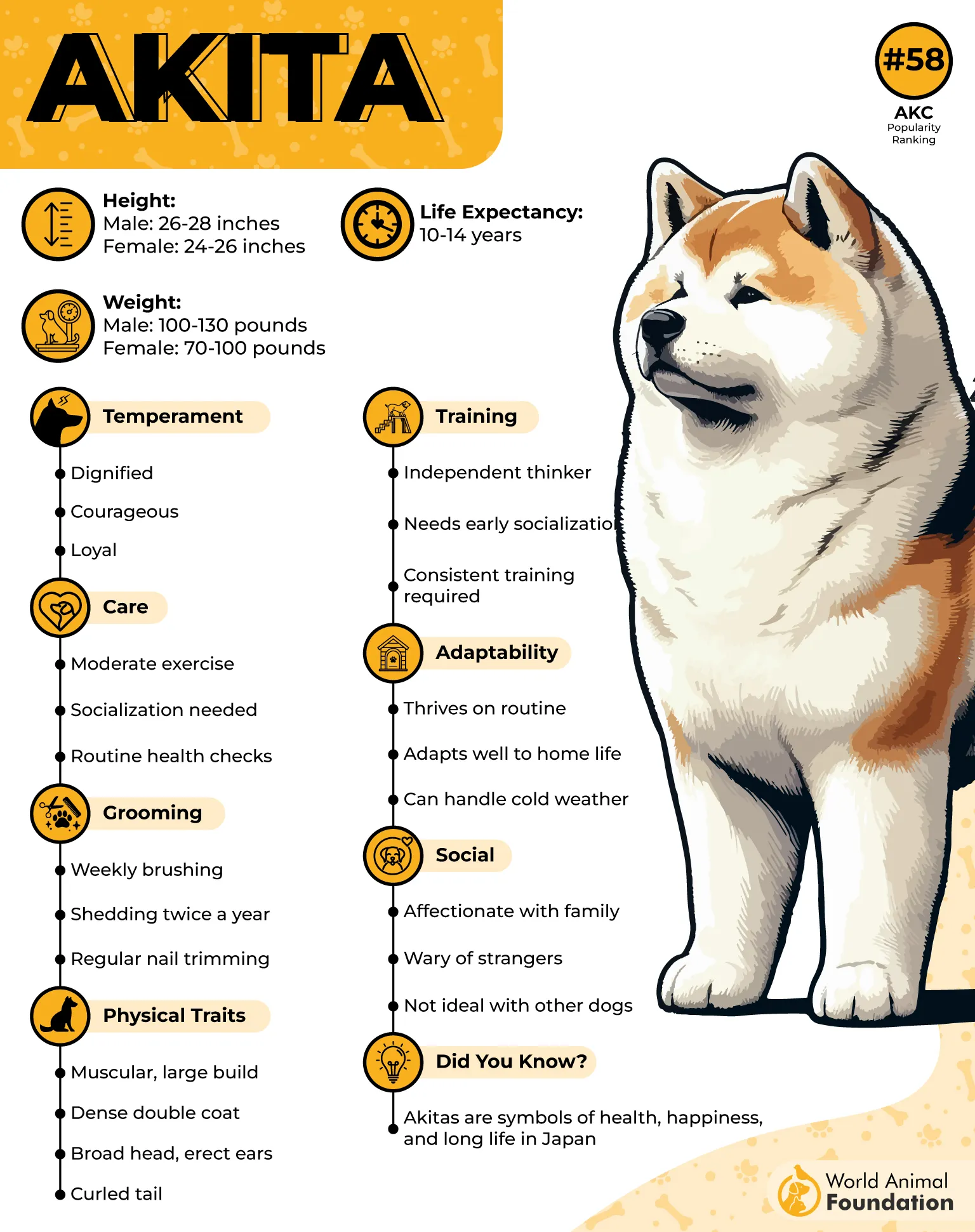
These powerful dogs were originally bred for hunting large game in Japan. Their protective instincts remain strong, making them natural watchdogs. They are highly alert and deeply loyal, always watching their surroundings, making them excellent for security-conscious owners.
Exercise is a must to keep an Akita mentally and physically engaged. They thrive on daily walks and interactive play sessions. They may become stubborn or restless without enough activity, leading to unwanted behaviors such as excessive digging or chewing.
Grooming an Akita is a commitment. Their dense fur needs regular brushing to reduce shedding and prevent matting. Shedding spikes during seasonal changes, demanding daily maintenance. A high-powered dog blower can help remove loose fur efficiently.
Fun Fact
Akitas are known for their unique greeting ritual, often carrying objects in their mouths to present to their favorite humans.
5. Pembroke Welsh Corgi
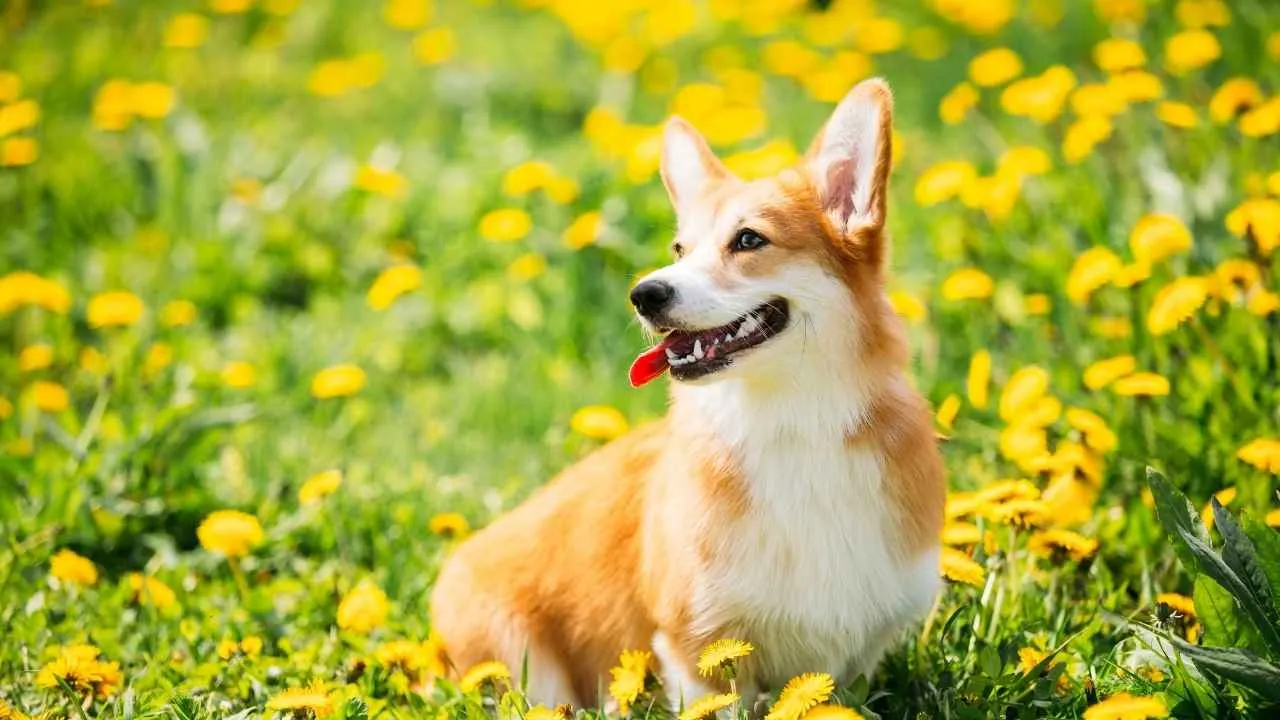
Don’t be fooled by their small size—Corgis shed as if they were double their weight. Their dense undercoat releases hair year-round, with peak shedding in spring and fall. Regular brushing is essential to prevent fur from covering every surface at home.
Originally bred for herding cattle, Pembroke Welsh Corgis have a work-driven mindset. They need tasks to stay happy, whether obedience training, agility courses, or puzzle toys. Their intelligence makes them quick learners, but they can be stubborn if training lacks variety.
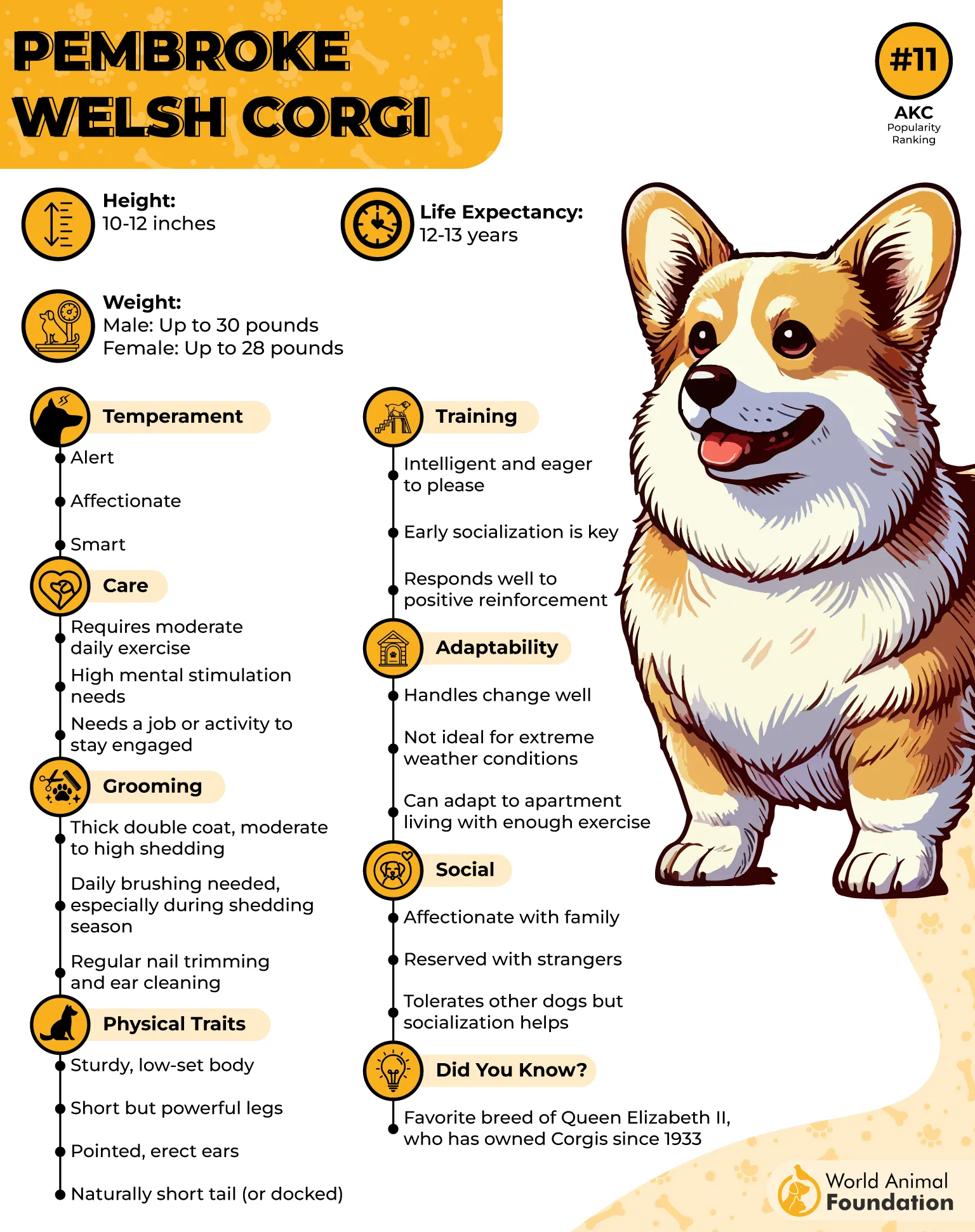
Corgis are vocal communicators, often barking to express excitement or alert their owners. This instinct stems from their herding background, where they used barks to move livestock. Consistent training helps keep their vocal tendencies under control.
Corgis have short legs and long bodies prone to back issues. Jumping from heights should be minimized to prevent spinal injuries. Proper weight management is crucial, as extra pounds put additional strain on their backs.
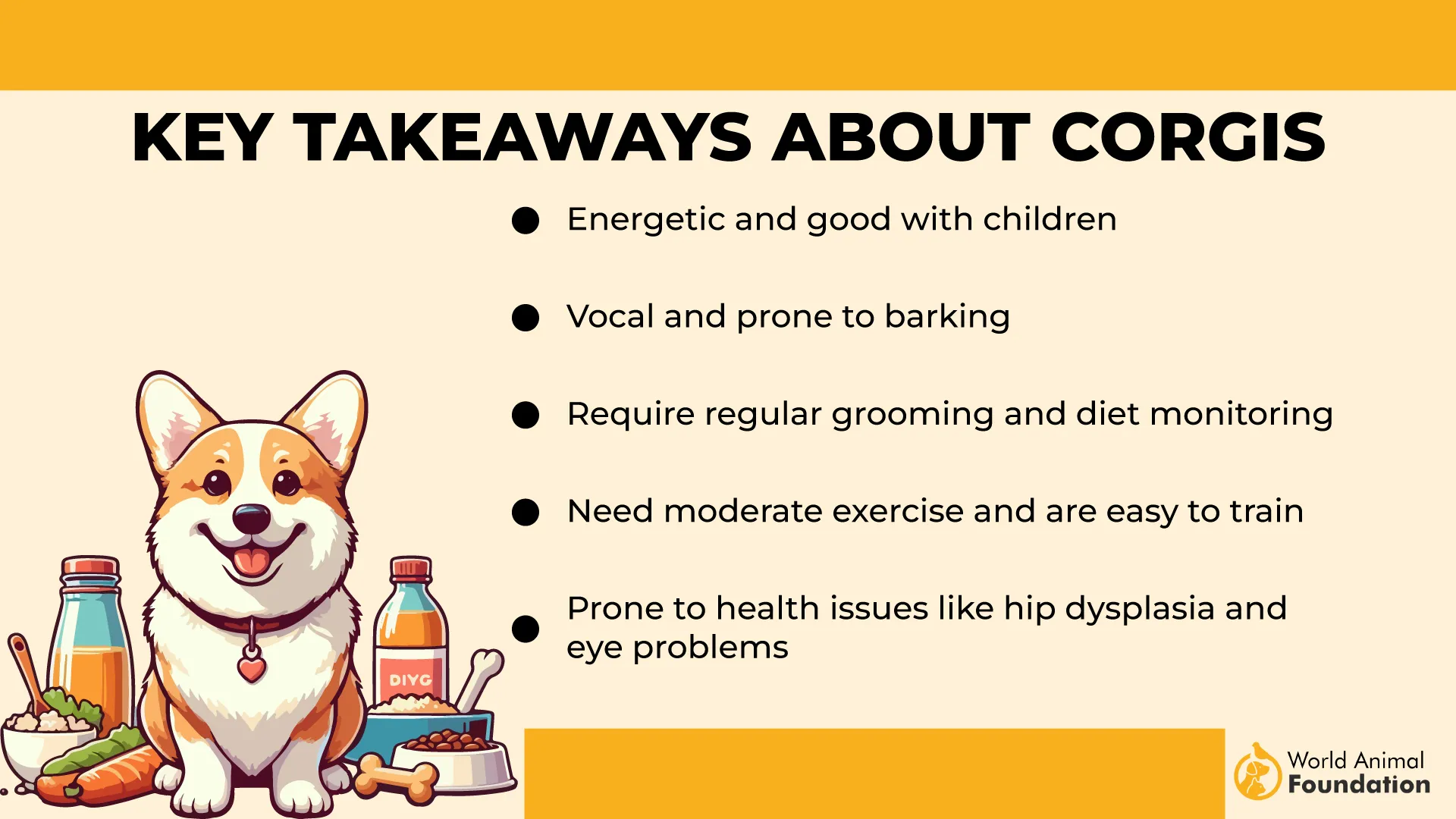
Despite their fluffy appearance, Corgis require minimal grooming beyond frequent brushing. Bathing should be occasional to avoid stripping natural oils. During heavy shedding periods, deshedding tools help control the fur storm.
Fun Fact
Corgis have a signature “sploot” pose, where they stretch their legs flat behind them—a move that melts hearts worldwide.
6. Siberian Husky
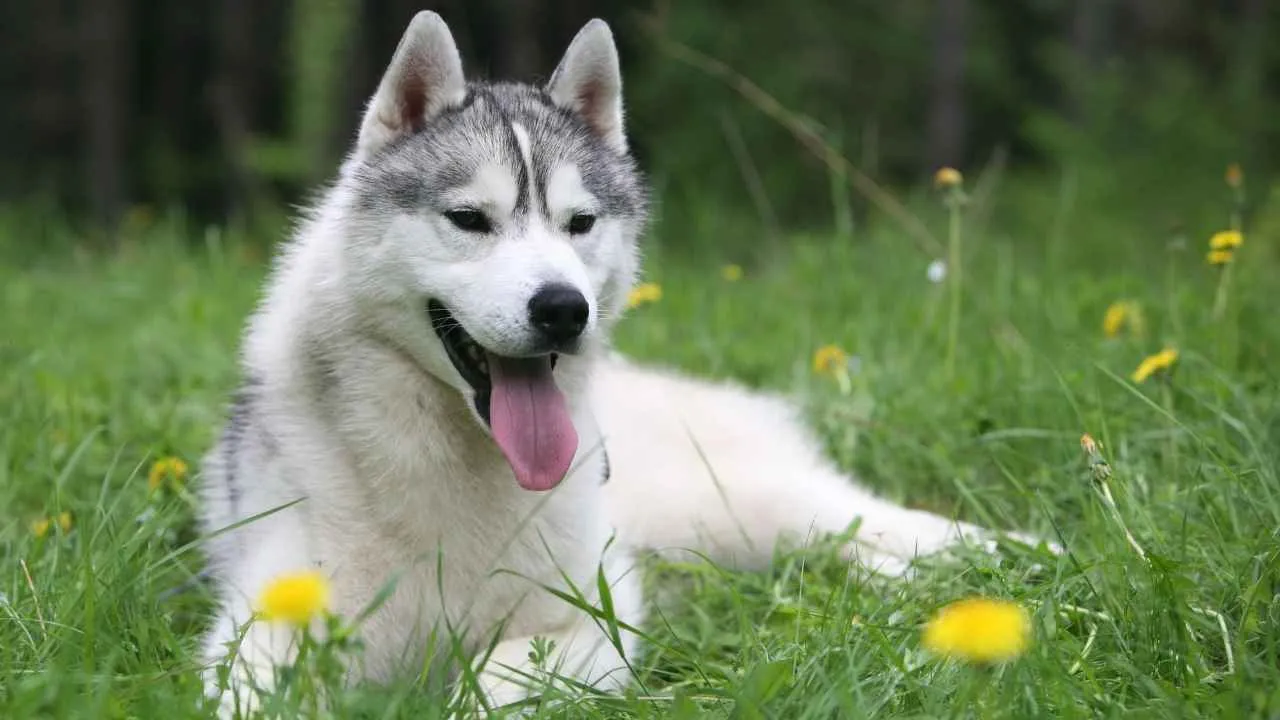
Siberian Huskies are shedding machines, thanks to their dense, weather-resistant fur. They undergo two intense shedding seasons, leaving behind fur that can coat furniture in minutes. Even when they aren’t blowing their coats, loose hairs float endlessly in the air.
Huskies are natural escape artists. Bred for endurance, they have an insatiable need to run. Secure fencing is a must, as they can climb, dig, or squeeze through small spaces. Without proper exercise, their high energy levels may turn into mischief.
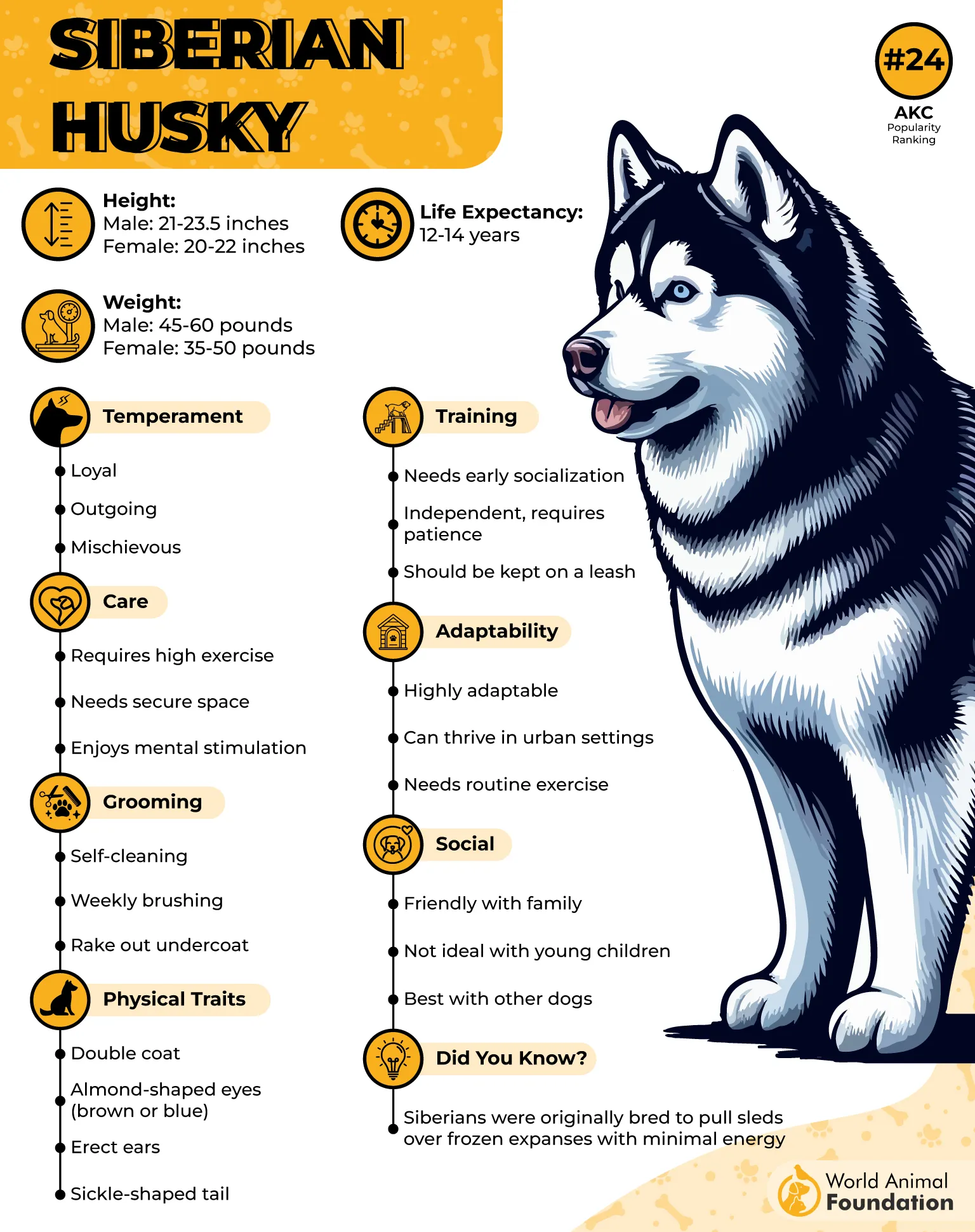
Social and outgoing, Huskies rarely show aggression. Hill’s Pet states that they thrive in active households that provide constant stimulation. While they may not have strong guarding instincts, their playful nature and curiosity make them excellent adventure companions for those who enjoy outdoor activities.
Training a Husky requires patience. Their independent mindset means they aren’t always eager to please. Consistency, positive reinforcement, and engaging activities help keep them interested in learning new commands and behaviors.
Despite their thick fur, Huskies have minimal doggy odor and require infrequent baths. Their self-cleaning coat repels dirt, but shedding control requires brushing several times a week, daily during peak seasons to manage the fur explosion.
Fun Fact
Huskies can alter their metabolism to conserve energy, an ability that allows them to run long distances without tiring quickly.
7. Great Pyrenees
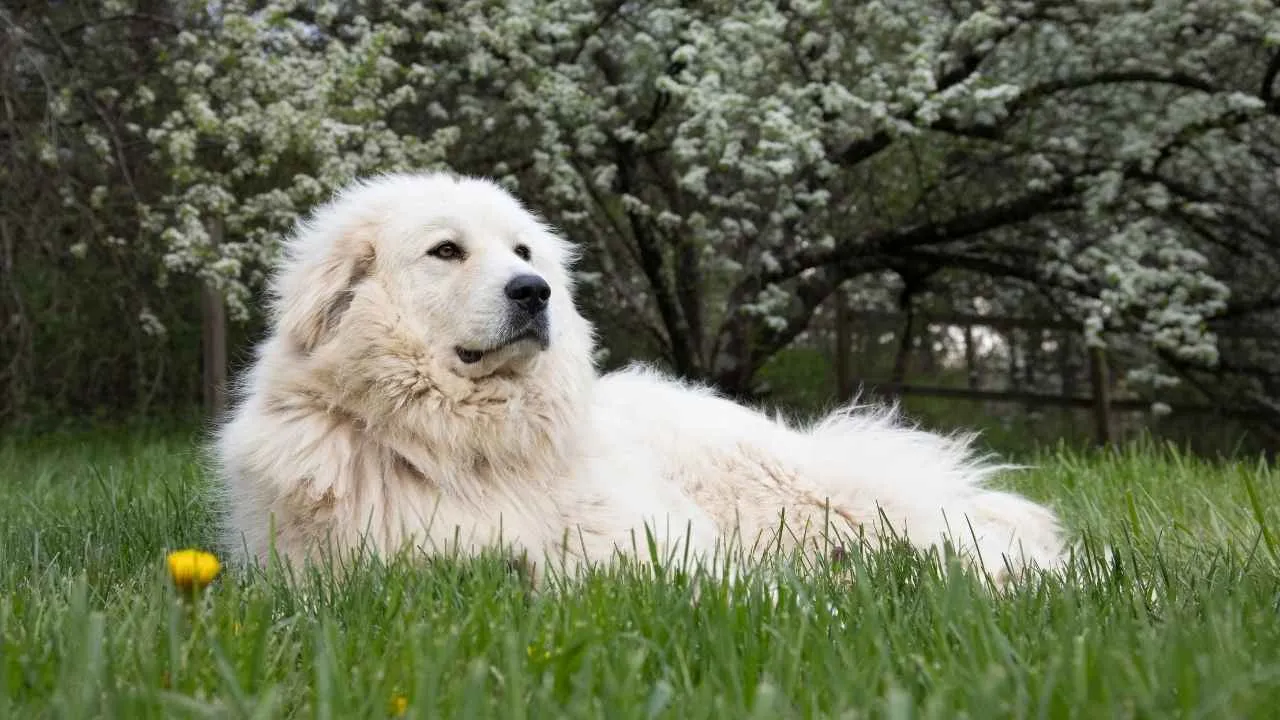
Great Pyrenees dogs have a magnificent, thick coat that sheds year-round. Their fur is designed to protect them from harsh mountain climates, meaning that shedding is a never-ending process. During seasonal changes, the shedding intensifies, covering floors, furniture, and clothes with a fine layer of fluff.
Originally bred to guard livestock, Great Pyrenees are naturally protective. They remain calm and observant, making independent decisions when needed. Their ability to assess situations before reacting makes them excellent at watching over their homes and surroundings.
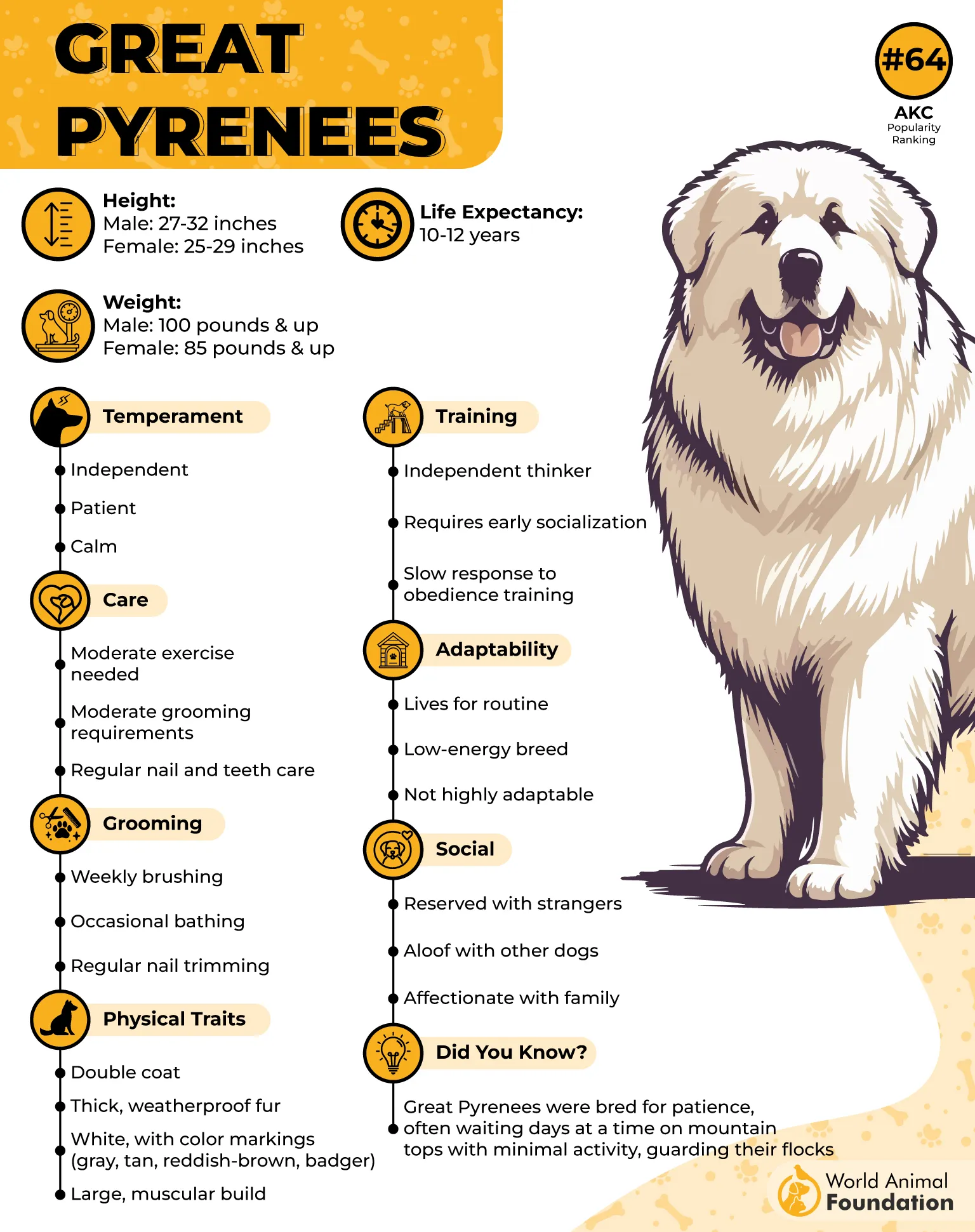
These dogs have a nocturnal instinct, often more active at night. Historically, they patrolled herds under the cover of darkness, fending off predators. Even as pets, they may remain alert and restless during nighttime hours, frequently surveying their environment.
Exercise needs are moderate despite their large size. They enjoy long walks and free-roaming time in secure areas. While not hyperactive, they require daily movement to maintain a healthy weight and prevent joint issues, which can develop in larger breeds.
Grooming a Great Pyrenees takes dedication. Their weatherproof coat repels dirt, but brushing several times a week is necessary to remove loose fur and prevent tangles. Mats can develop behind the ears and around the legs if not maintained.
Fun Fact
Great Pyrenees were used to carry supplies during wartime, thanks to their strength and ability to navigate rough terrain.
Conclusion
Living with a constant shedding dog means embracing fur as part of daily life. No matter how often you clean, loose hair finds its way onto floors, furniture, and clothes. Regular grooming, a balanced diet, and the right tools help reduce shedding, making it more manageable, especially for double-coated breeds that shed year-round.
Ignoring a high-shedding breed’s grooming needs leads to excessive fur buildup and potential skin issues. Other dog breeds may shed less, but those with a dense double coat require frequent brushing to prevent matting. Even single-coated breeds shed, though typically less than their double-coated counterparts. Investing in de-shedding brushes and pet-friendly vacuums makes a noticeable difference in maintaining a clean home.
Some high-shedding dogs, like the Bernese Mountain Dog, Labrador Retriever, and Golden Retriever, also lose fur constantly. They have thick coats that require frequent grooming to manage shedding effectively.
Choosing a breed with heavy shedding requires a long-term commitment. Understanding their grooming demands ensures they stay healthy and comfortable while keeping excessive fur from taking over your living space.


